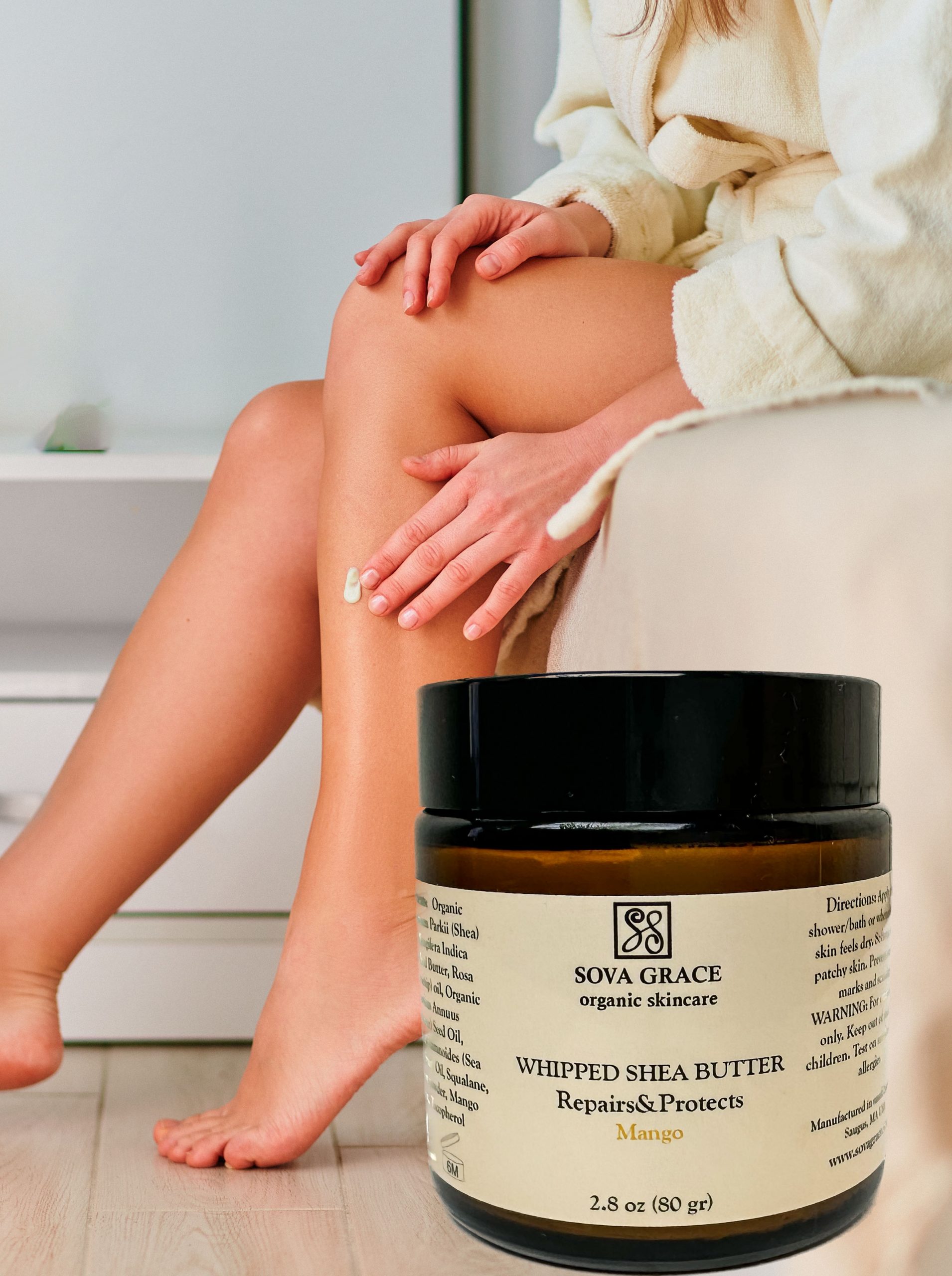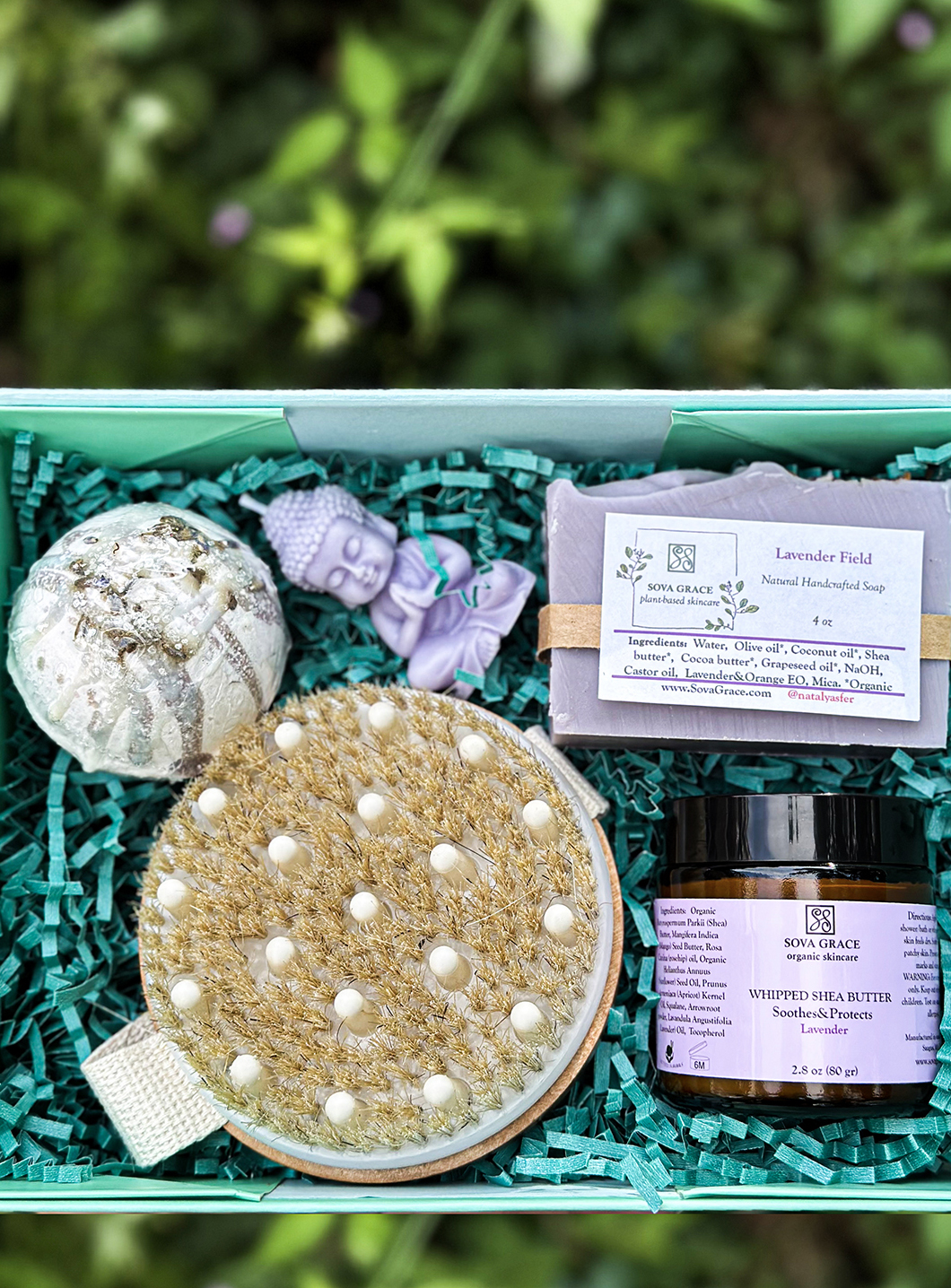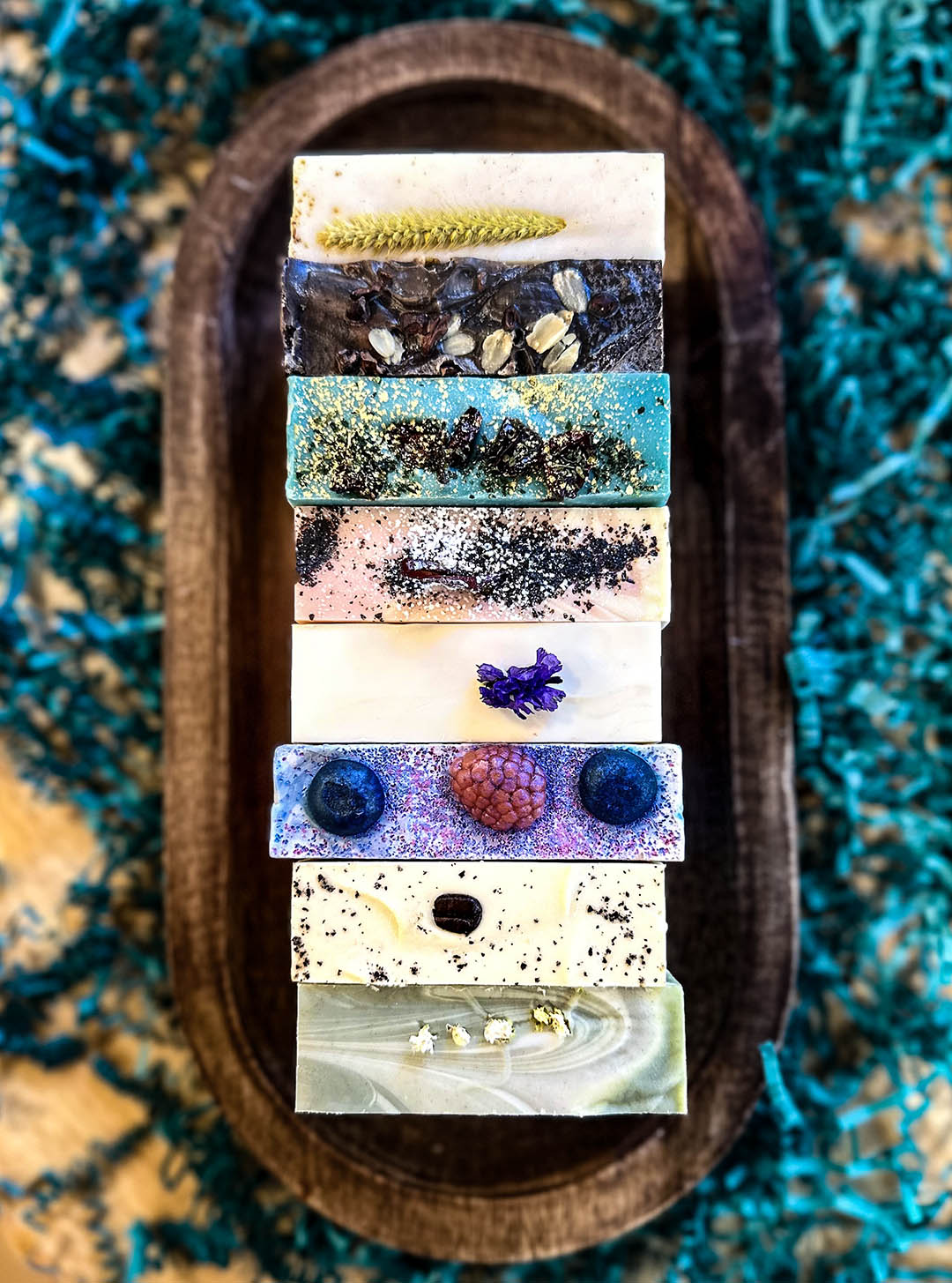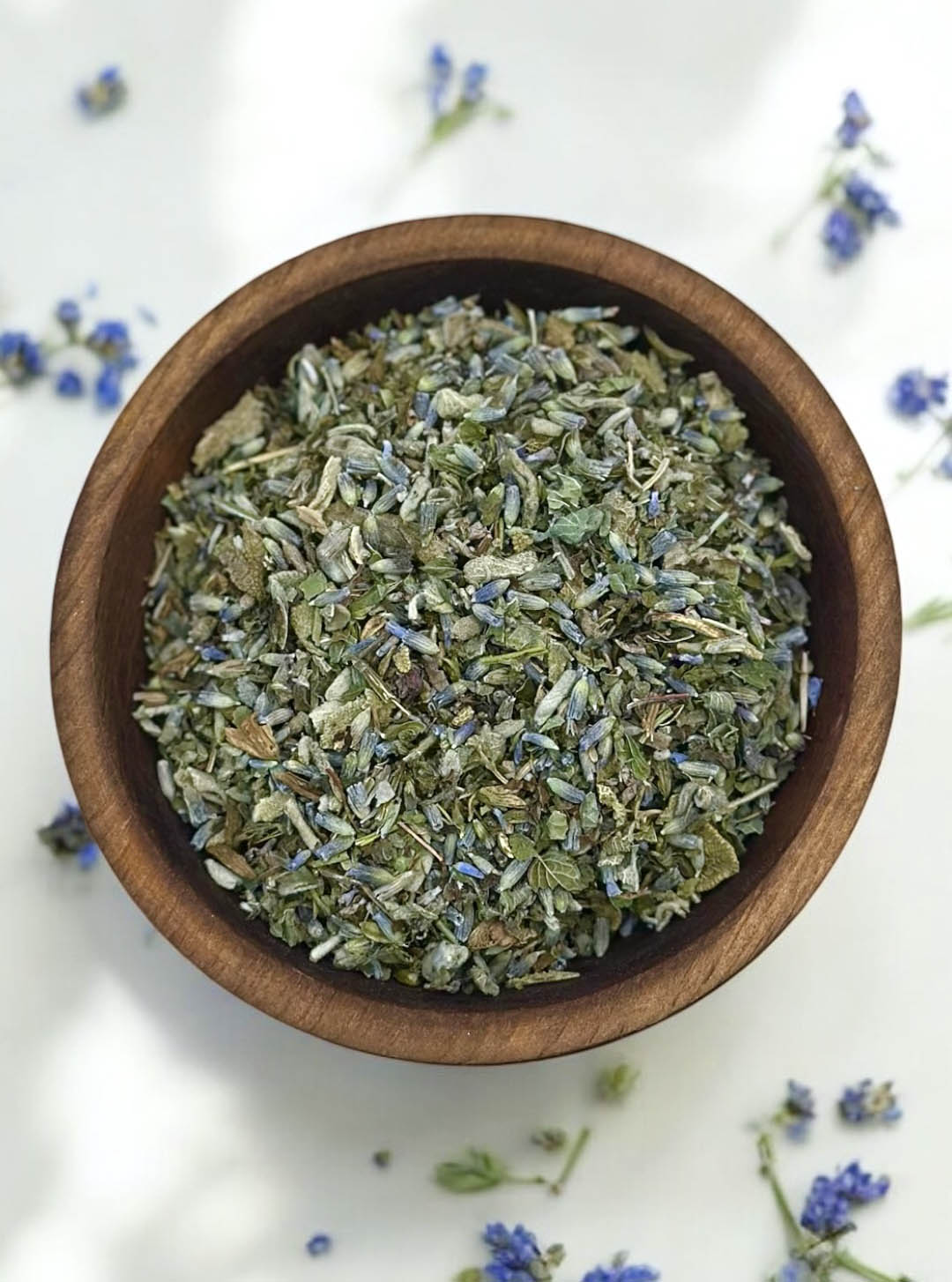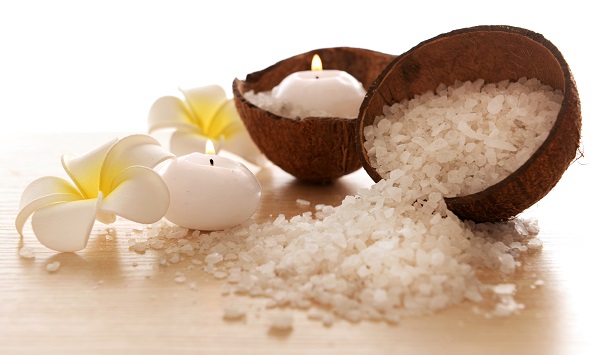What is Paraffin wax?
Paraffin wax has been the most popular wax to make candles in the last few centuries as it’s got a good burn quality and most importantly for candle makers, it’s very cheap. However, it’s important to be aware of some considerations and potential drawbacks associated with paraffin wax. This will also explain why we try to stay away from it.
Paraffin wax is derived from petroleum, which is a non-renewable fossil fuel. The extraction and processing of petroleum can have significant environmental impacts, including greenhouse gas emissions and habitat destruction.
A study from South Carolina State University found that burning paraffin wax can emit harmful fumes such as Toluene and Benzene. These emissions can contribute to indoor air pollution and may pose health risks, particularly in poorly ventilated spaces or for individuals with respiratory sensitivities. Inhaling these fumes has even been linked to lung cancer.
Another drawback is associated with paraffin wax candles having a higher likelihood of producing soot and black smoke compared to some alternative candle materials. Soot can accumulate on surfaces and may cause staining, especially in poorly ventilated areas or when the candle is burned for an extended period. The soot particles can also potentially irritate the respiratory system.
Before paraffin wax is sold to the industry manufacturers must add industrial strength bleach. Yes, this bleach is at 100% strength compare this to a typical household bleach which is on average only 10%. This bleaching process creates dioxins causing potential harm to our health. The international agency for research on cancer identified one dioxin as carcinogenic to humans – having the potential to cause cancer.
Paraffin wax is also not biodegradable, meaning it does not break down naturally over time. This can contribute to environmental pollution, especially when candle remnants or wax are disposed of inappropriately.
Is soy wax a good alternative to paraffin wax?

The second most popular wax that you probably know of is soy wax this is fairly new to the candle scene; it is 100% natural vegetable wax made from the oil of soybeans. The beans are cleaned, cracked and de-hulled – de pipped essentially – and rolled into flakes. The oil can then be extracted from the flakes and hydrogenated. The process of hydrogenation consists of converting the oil from unsaturated to saturated. This process is what makes the wax solid at room temperature. The leftover bean cases are then used in animal feed .
Soy candles are known for their clean burn, minimal soot production, and slower burn time compared to paraffin candles. However, it’s important to ensure that the soy wax used is sustainably sourced and not genetically modified.
Why is coconut wax good for candles?
1. Sustainable and obtained via a natural process.
Coconut wax is produced by pressing the oil out of the coconut meat and goes through the process of hydrogenation. It is filtered and cleaned giving you 100% natural, and fully biodegradable wax.
It is a renewable and high yield crop which means less coconuts are needed to get a sizable about of product. Making it one of the most eco-friendly waxes on the market. A little goes a long way!
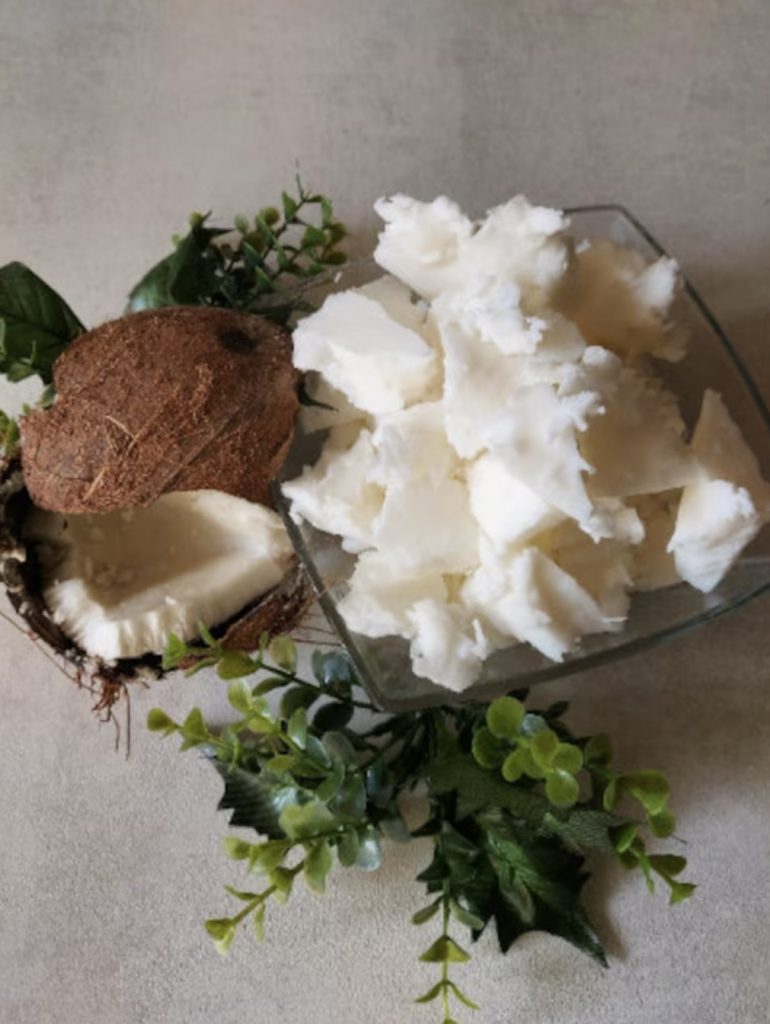
Fun fact – A life span of coconut tree is 60 – 80 years! It is known as the ‘Three generation tree’ because it can provide and support a farmer, his children and his grandchildren. How amazing it that?
2. A slow and even burn.
Coconut wax burns slower than any other wax on the market so you can enjoy one of your favourite candles for longer and an even burn means you can enjoy all of what the candle has to offer instead of being left with half the product stuck to the sides!
3. Amazing scent throw.
Fragrance/essential oils blend seamlessly with coconut wax, meaning it throws the scent beautifully well.
What do we mean by scent throw? It means that when the candle it lit you are greeted with a strong boost of scent that fills the room in a short space of time and, because heat rises it will continue to fill your home with your favourite smell.
4. Deforestation is not associated with coconut wax.
Like everything popularity growth means mass production – but thankfully unlike the palm oil industry the coconut industry has found a way to skirt around this problem and given the locals a chance to make a living.

Farmers grow the coconut trees on their land, they do not use pesticides or herbicides and there is no need for giant tractors because the farmers harvest the coconuts by hand.
5. Smokeless and Soot-Free.
Ever noticed a blackening mark begging or already appearing in the spot where there is always a candle lit? well I did… and the reason for that is paraffin candles because of the toxins let off small soot particles into your home and it creates a soot mark on your walls! No ideal.
Coconut candles are non-toxic, burn cleaner than any other wax and it creates zero soot particles, so you don’t need to worry about the potential of carcinogens being released into your home or getting dirty walls.
6. It’s a non-GMO product.
GMO means Genetically modified organism – with most these days fruit and veg over the years has been somewhat genetically modified but the coconuts are one of the very few left that have remained untouched.
Meaning nothing is added when producing coconut wax – not even pesticides are used whilst farming, due to the hard protective exterior of coconuts that naturally ward off insects and wildlife.
7. It’s the new guy on the scene.
Not a lot of candle companies have realized the amazing potential of coconut wax yet, so it’s exciting that we get to experiment in making the best natural candles we can.
View our range of candles, and see the benefits for yourself.
